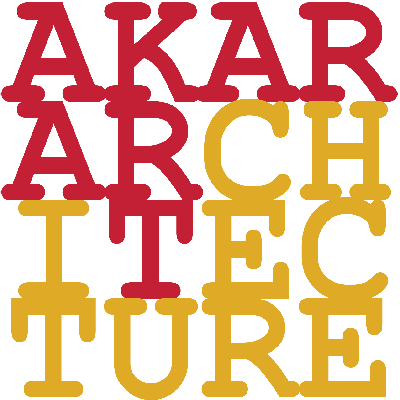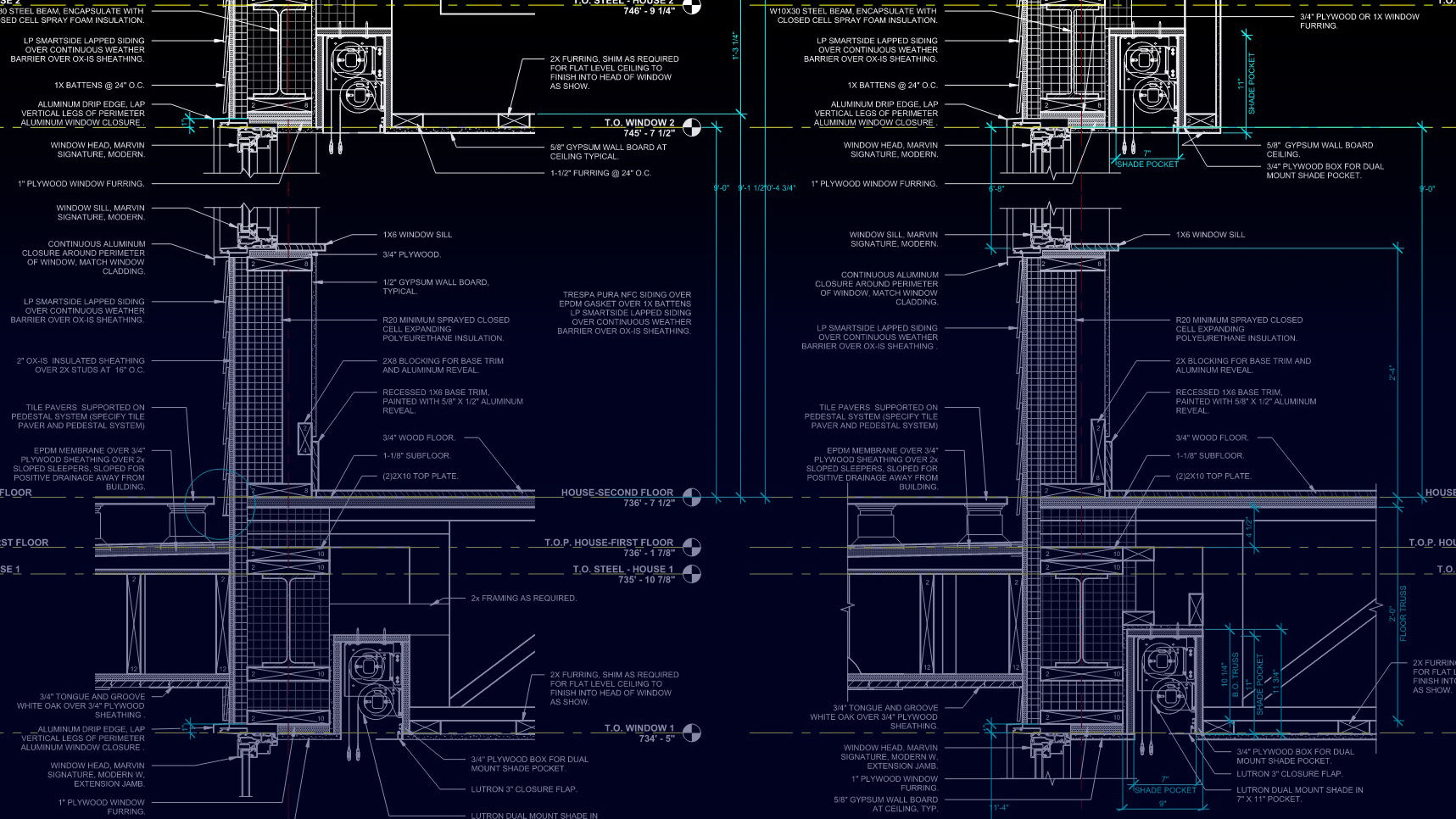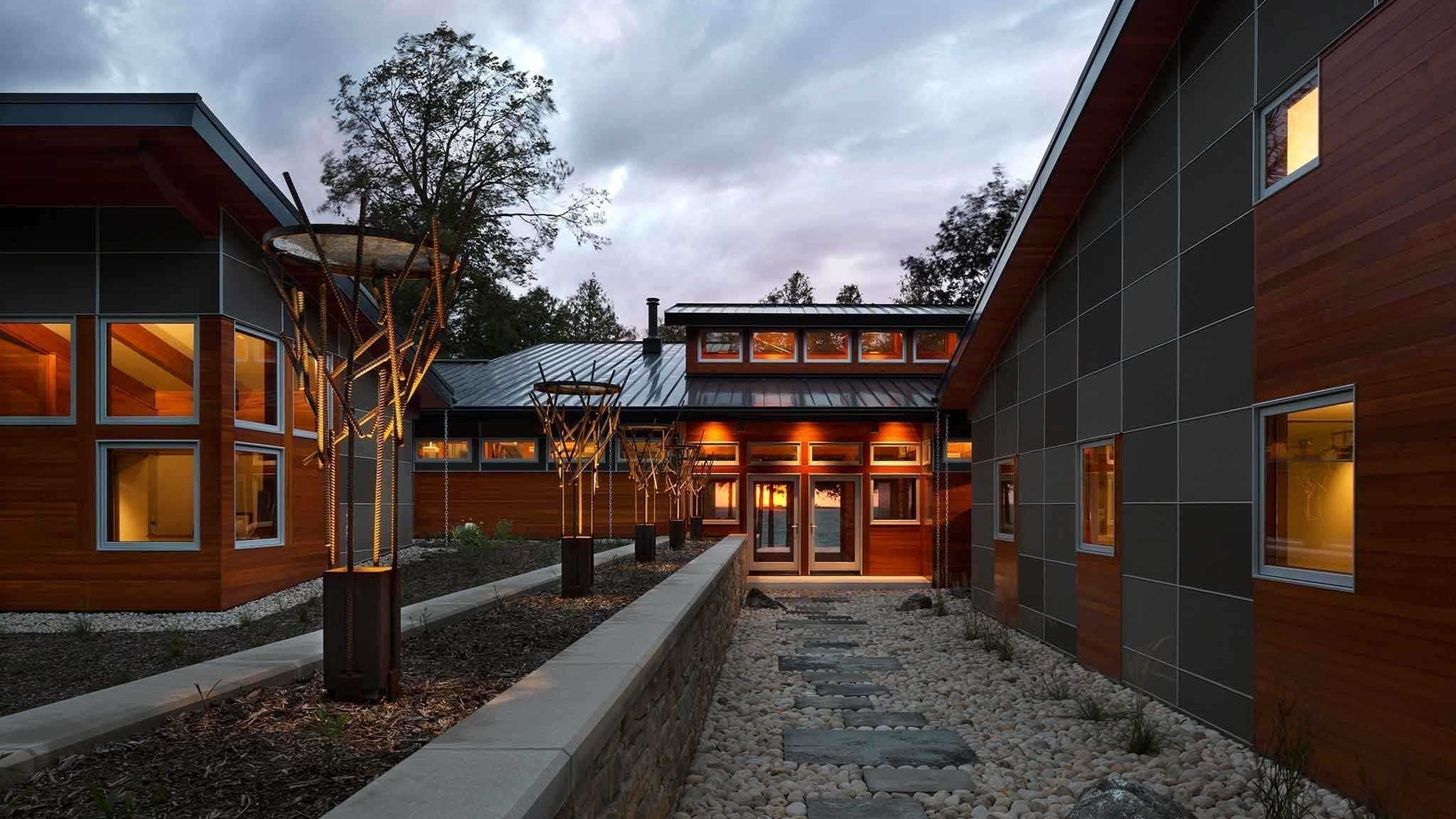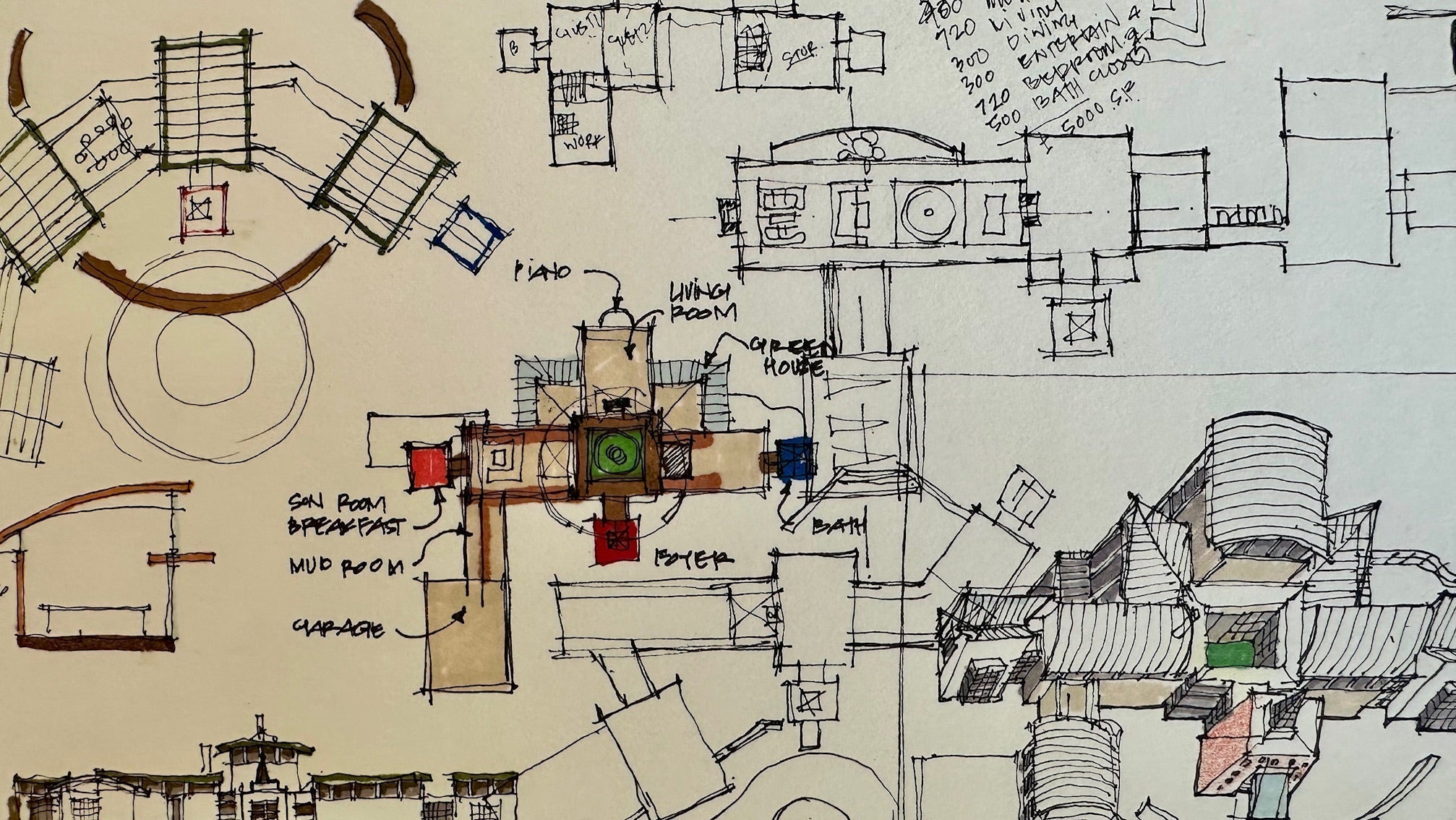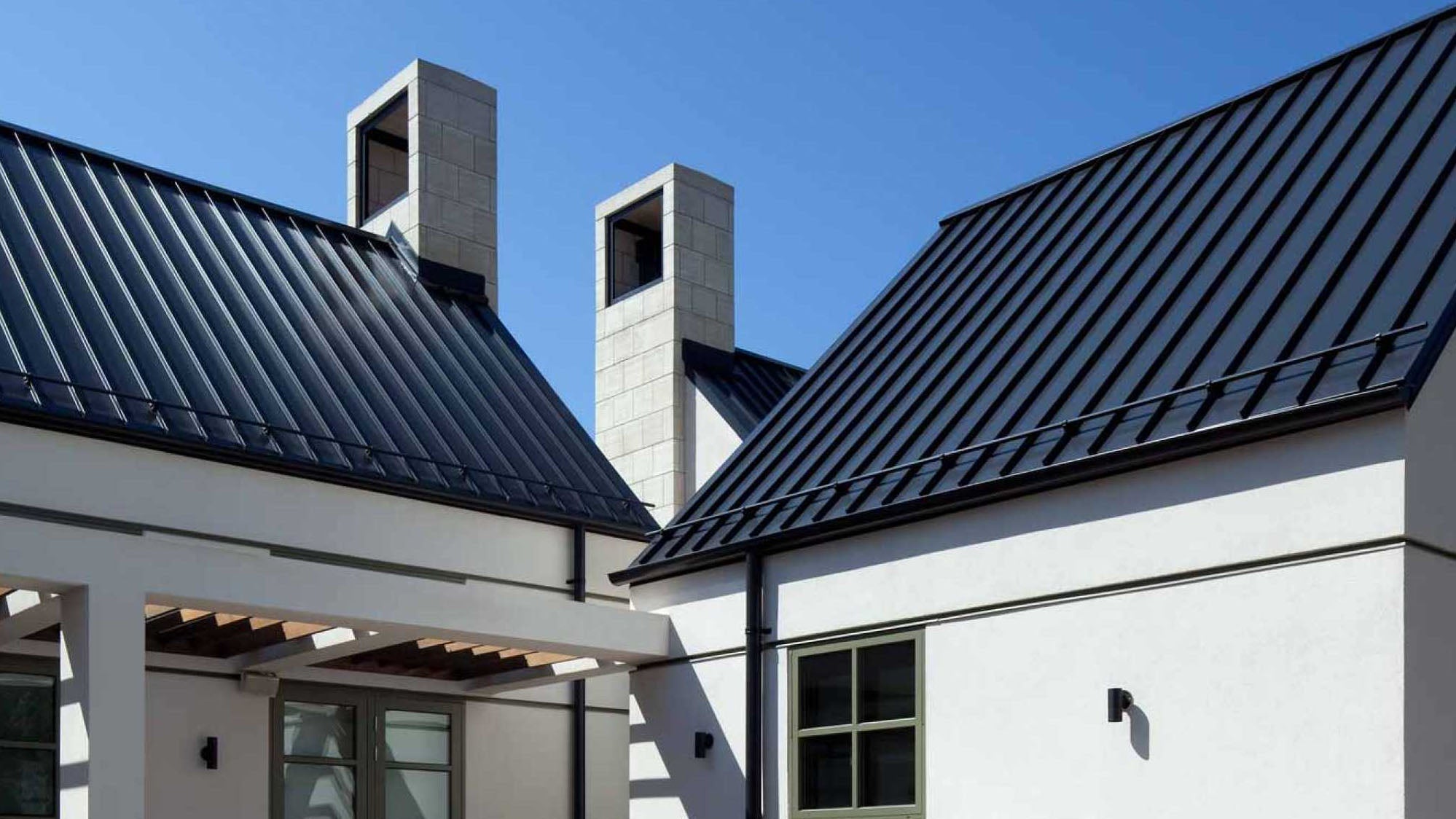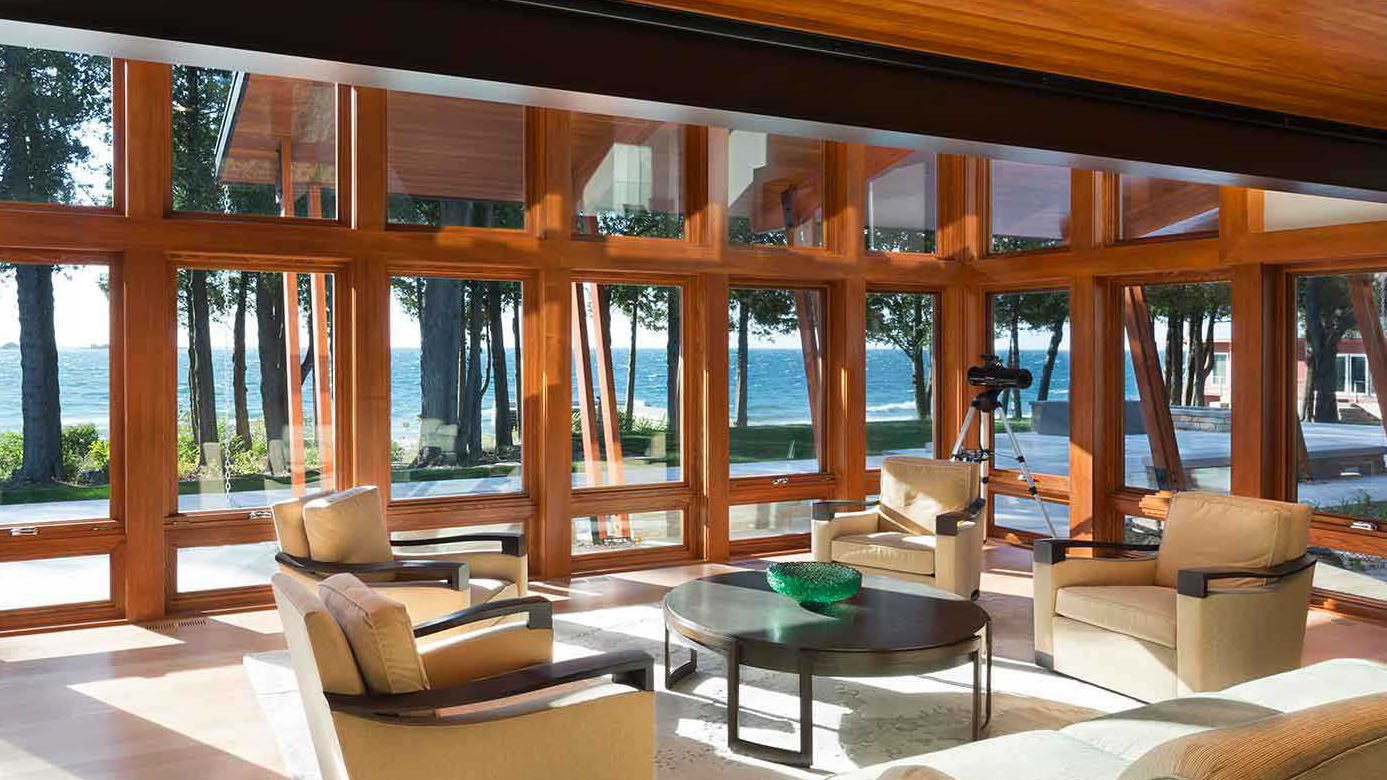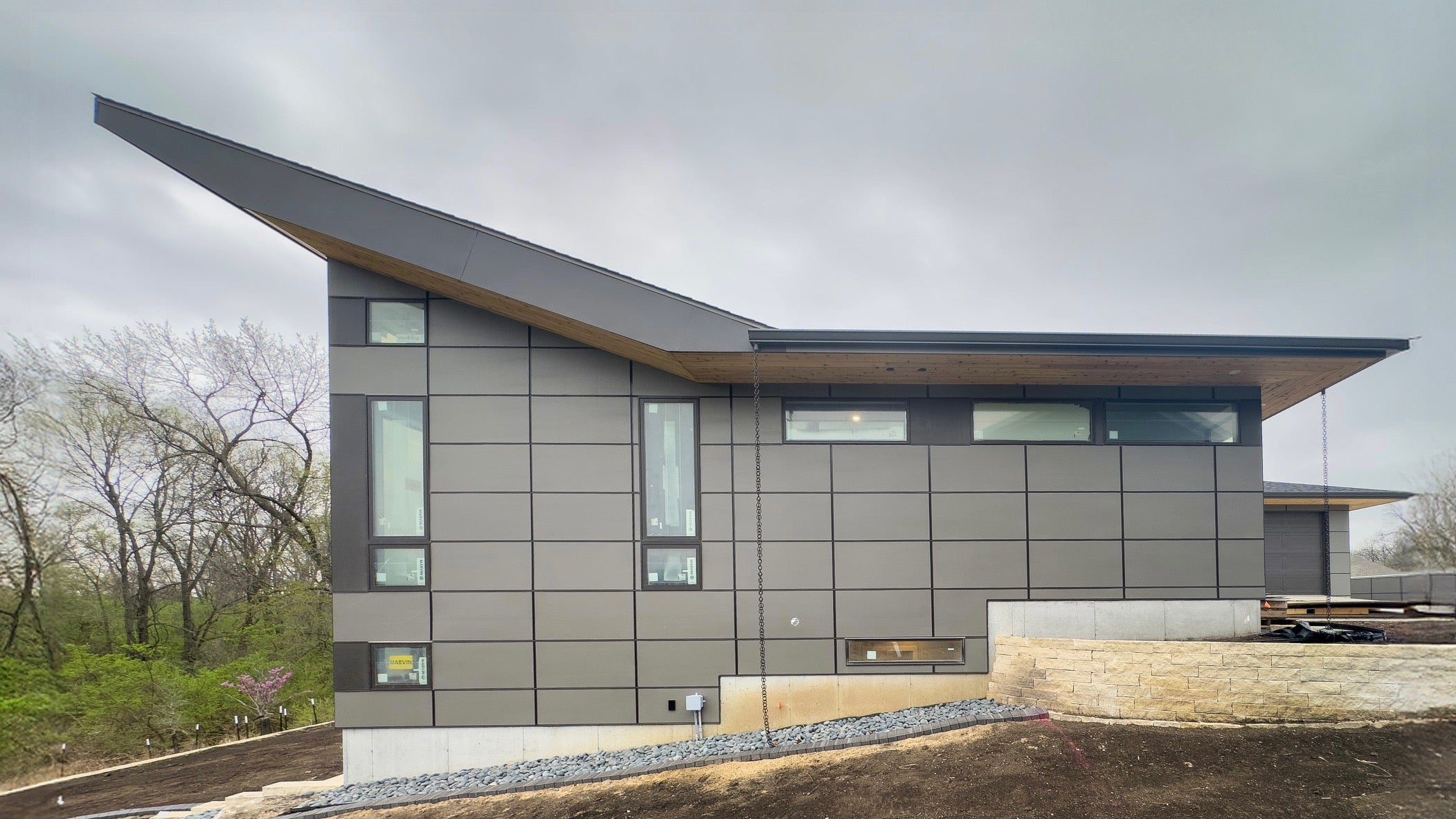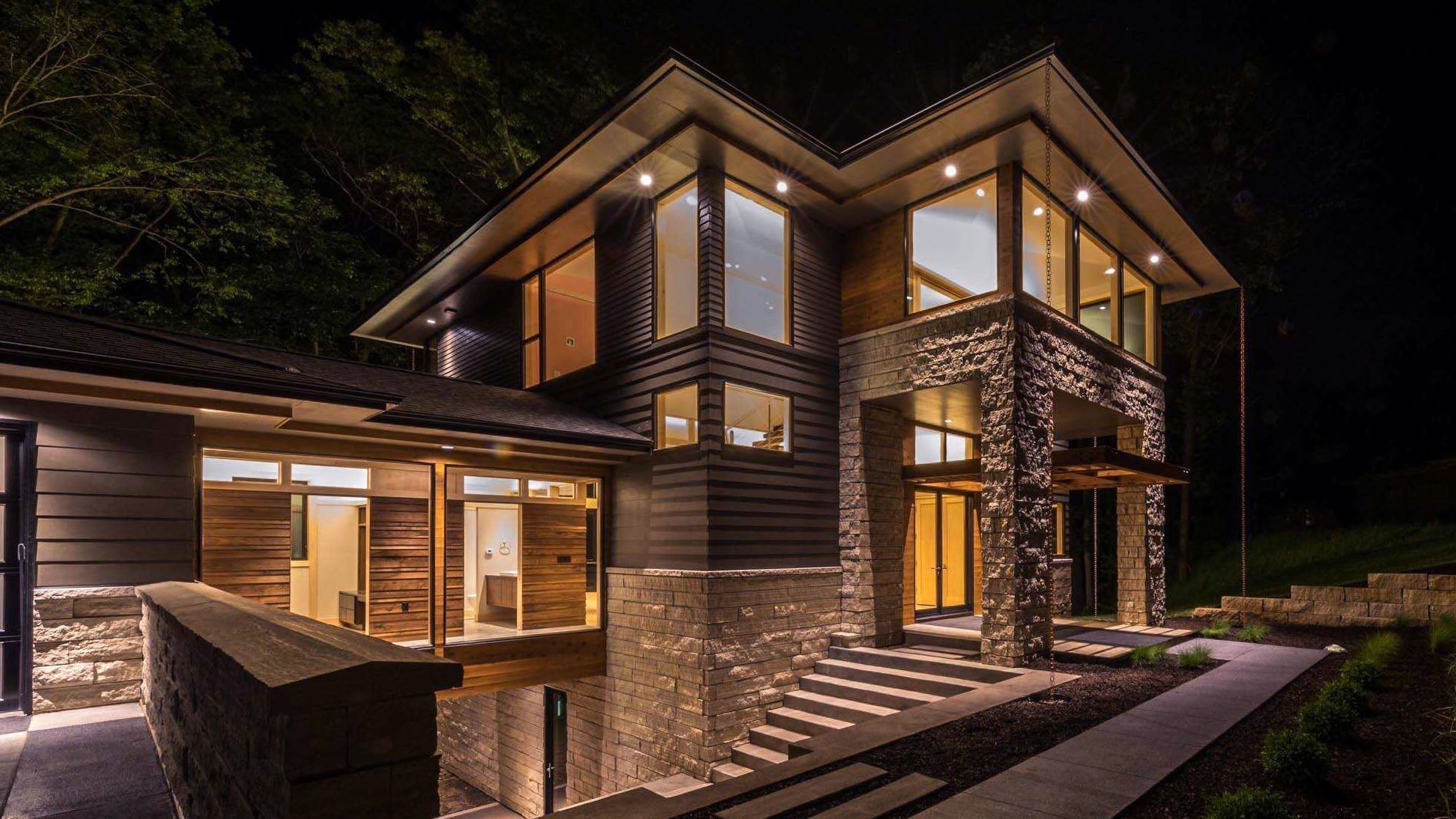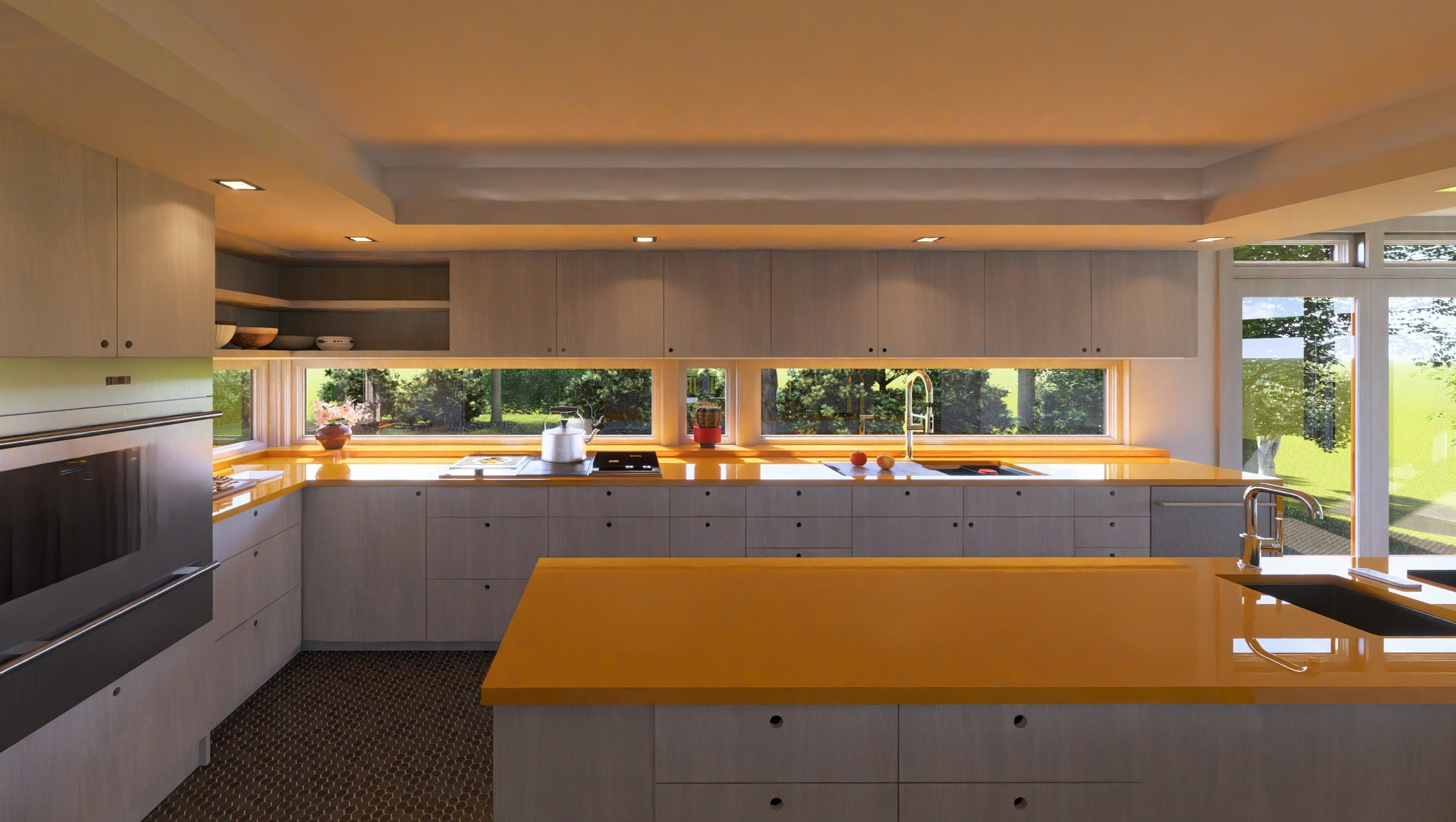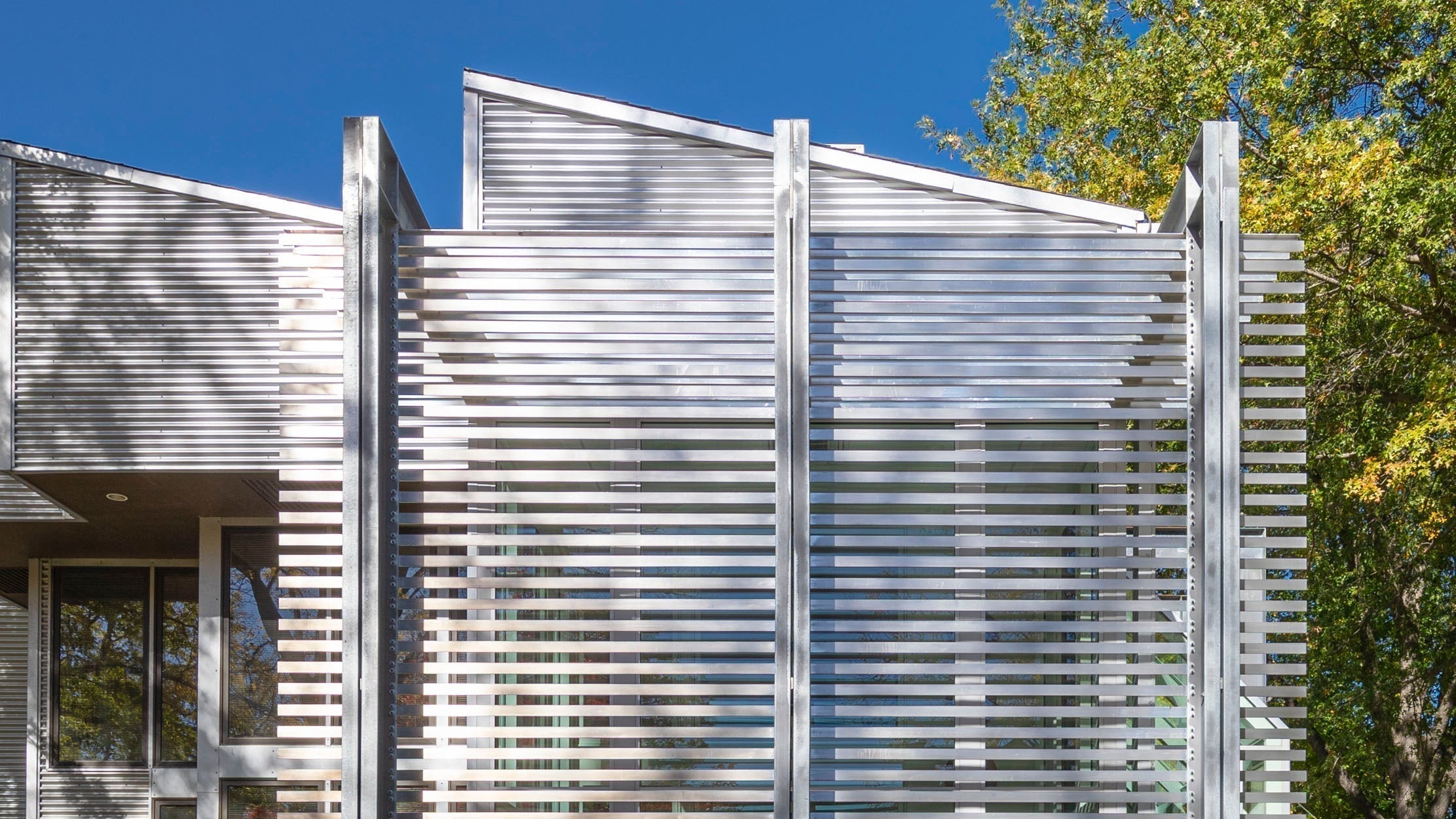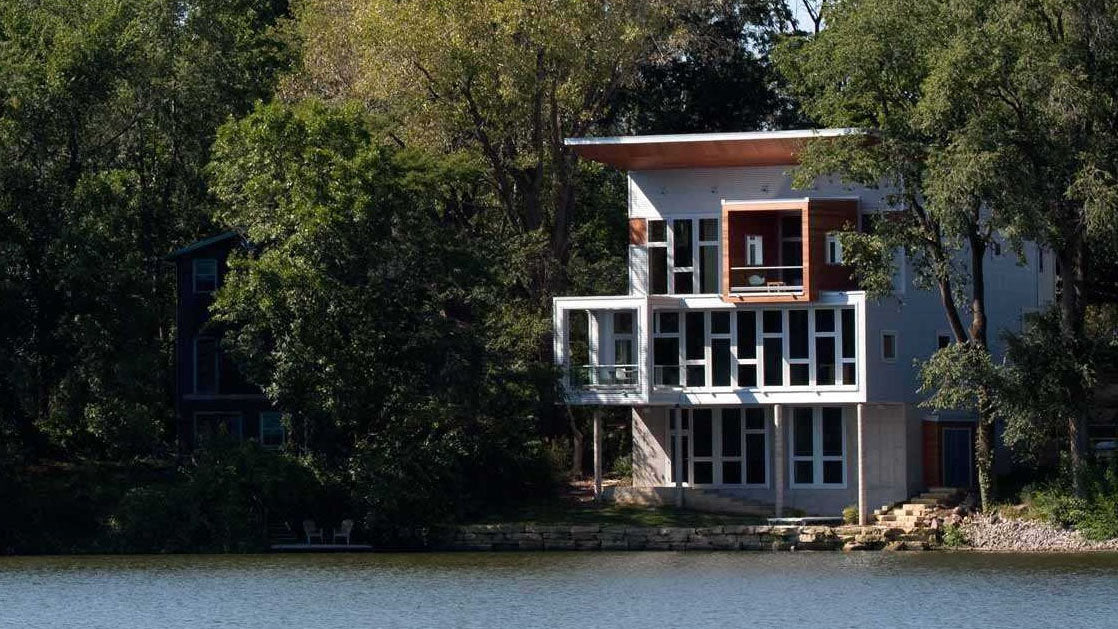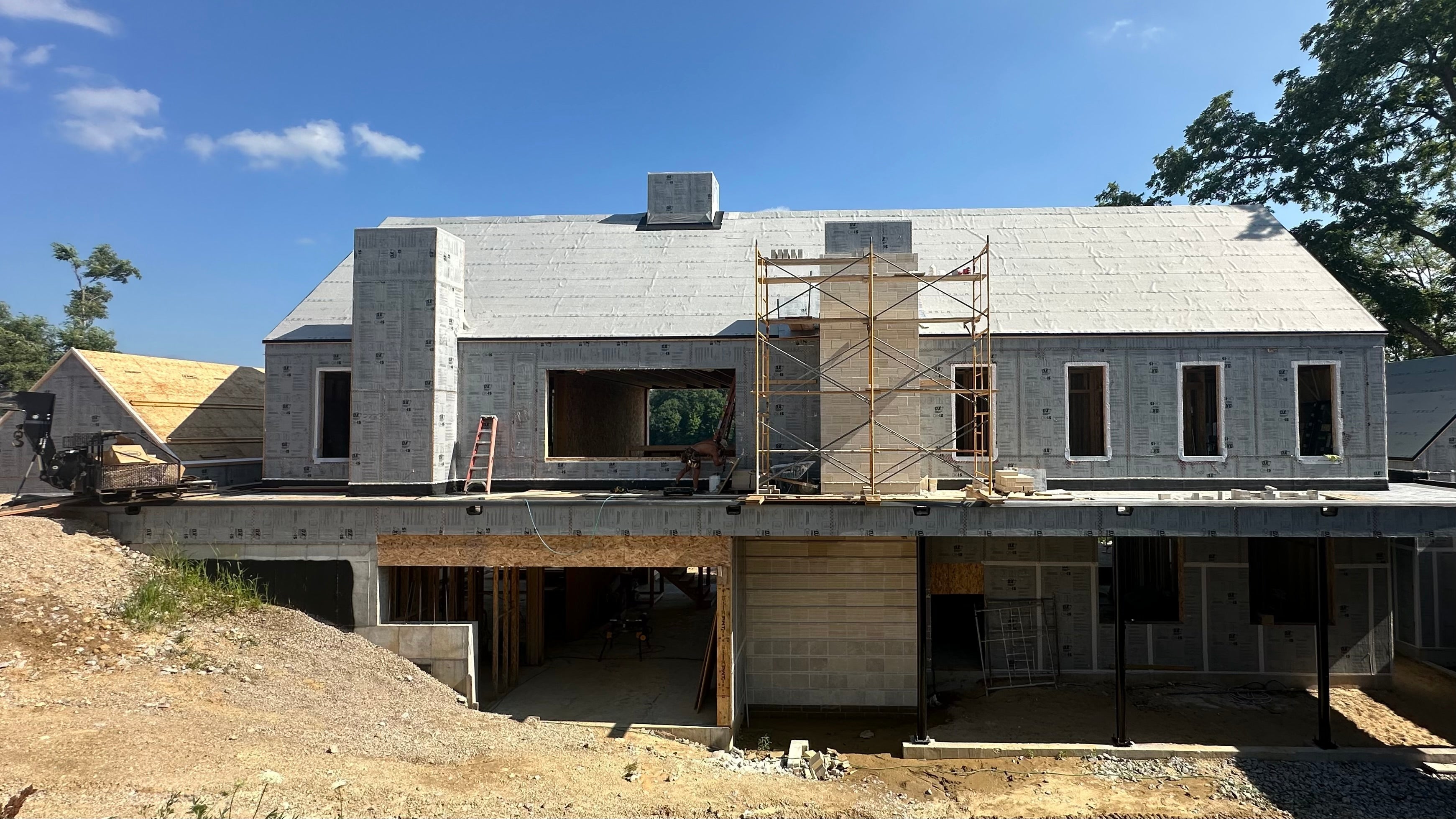A Guide to Gathering Your Thoughts, Dreams, and Details
Designing a custom home is a big adventure — and it starts with a conversation. Before we draw a single line, we’ll guide you through a simple but powerful step: creating your custom home program.
A good program does more than list rooms — it captures how you want to live, what you care about, and what makes a place feel truly yours. The more open and thorough you can be, the better we can shape a design that feels like home from the very first sketch.
Here’s how to start thinking like an architect — and how we’ll help along the way.
1. Start With the Big Picture
Before we dive into square footage and ceiling heights, step back:
- Is this your primary home or a getaway?
- Who lives here now — and how might that change?
- How much time will you spend here throughout the year?
- What do you hope to change about how you live day to day?
Write a short paragraph about why you’re doing this. A sentence or two about your goals helps anchor every decision that comes next.
2. Describe Your Site
Your land is more than dirt — it’s sunlight, wind, trees, topography, views, neighbors, rules, and possibilities.
- Do you already own a site? If so, has it been surveyed?
- What’s beautiful or special about it? (Mature trees? Hilltop views? Creek out back?)
- Are there things you want to screen or hide?
- Where do you imagine the front door, the garage, the path, the garden?
- Any neighborhood or city rules we should know now?
Bring us maps, surveys, and photos — the more we see, the better we can imagine alongside you.
3. Define Your Style & Character
Don’t worry about using the “right” words — rustic modern, Scandinavian cottage, soft contemporary — say what feels right to you:
- What do you want your house to feel like — calm? Warm? Playful? Refined?
- What materials do you love — wood, stone, glass, steel?
- Do you have favorite buildings, architects, artists, or even places that inspire you?
- Is there a message or feeling you want your house to convey when someone walks in?
Gather inspiration photos — magazines, Pinterest boards, snapshots from your travels. We speak pictures fluently.
4. Explore Lifestyle & Daily Living
A beautiful house only matters if it makes daily life better.
- What rooms matter most for your hobbies? (Art studio? Wine room? Big pantry? Workshop?)
- Where do you gather? How many people do you host?
- What kinds of light do you love — sunrise in the kitchen, dappled shade on a porch?
- Do you crave quiet corners? Loud, lively spaces? Both?
- How do you connect with nature — gardens, patios, screened porches, outdoor kitchens?
Tell us about your days, your nights, your rituals, your pets — it all helps shape the plan.
5. List Spaces & Priorities
Next, get specific — room by room, level by level. For each space, note:
- Must-haves vs. nice-to-haves
- Size ideas (generous? cozy?)
- Special features (vaulted ceiling, fireplace, built-ins)
- Connections — should the kitchen open to the family room? Do kids’ rooms need to be near the main suite? Should the guest suite feel private?
- Existing furniture or art that needs a special home (that piano or antique hutch!)
6. Plan for Today and Tomorrow
A good program makes room for the future:
- Are you planning for aging in place?
- Any accessibility needs?
- Flex spaces that can evolve as kids grow or guests visit?
- Rooms you may want to finish later, like a walkout lower level?
7. Think Sustainability & Technology
Do you want your house to sip energy or generate its own?
- Interest in solar, geothermal, or passive design?
- Healthy air, non-toxic materials, daylighting?
- Home automation for lighting, security, shades, or audio?
- Charging stations for electric cars? Smart systems you can control from anywhere?
8. Talk Budget & Schedule
An inspiring vision is only real when it fits your resources.
- What’s your expected total construction budget — realistic, with a cushion for surprises?
- Do you have a preferred contractor or builder?
- Are there consultants you’d like us to coordinate with — interior designer, landscape architect?
- What’s your hoped-for move-in date?
9. Gather the Details
Here’s what really helps us get moving fast:
Completed Questionnaire (we’ll share our full version with you)
Site survey and contour map, if you have one
Photos of your site, views, or existing home if remodeling
Inspiration images — even a handful is better than none
Notes about special equipment, collections, or hobbies that affect the design
10. Relax — We’re Here for You
Your custom home program is a living document — not a test you need to pass. We’ll talk it through together, ask questions you haven’t thought of yet, and guide you through what really matters.
The goal is a clear, inspiring brief that saves you time, money, and stress — and helps us craft a home that lives beautifully for you.
